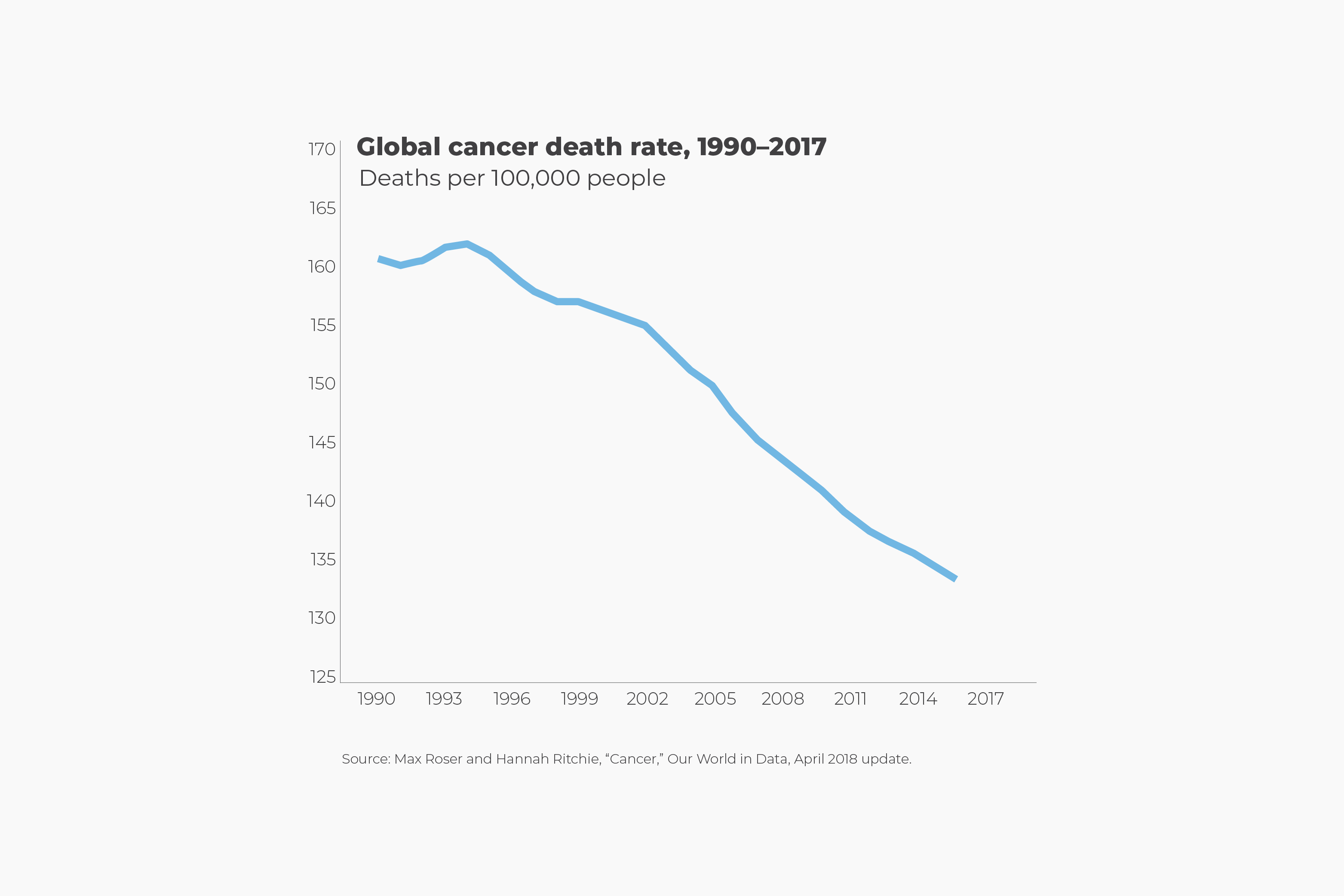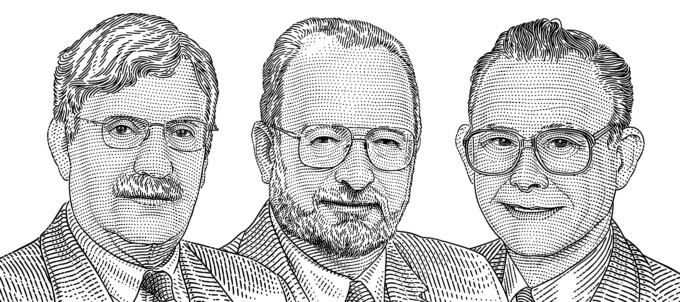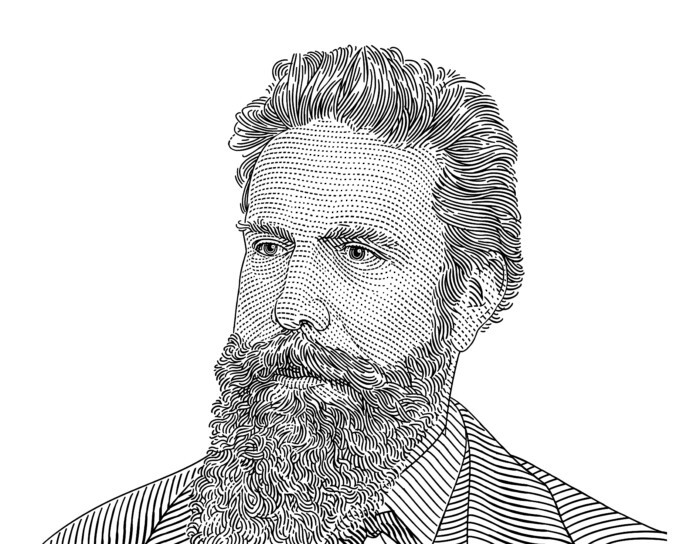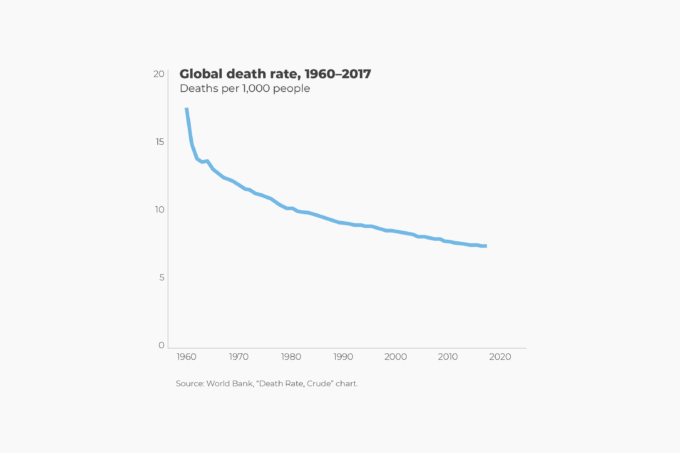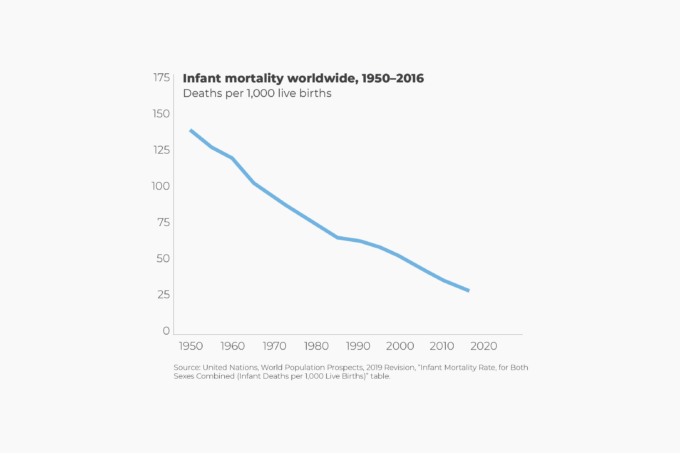Cancer is a class of some 100 diseases that are characterized by abnormal cell growth. In 2018, cancers killed 9.6 million people, according to the World Health Organization. That number was 68 percent more than in 1990, when 5.7 million people died from cancer. In 2018, lung cancer killed 1.76 million people. Colorectal cancer killed 862,000 people, stomach cancer killed 783,000 people, liver cancer killed 782,000 people, and breast cancer killed 627,000 people.
Globally, about one in six deaths was caused by cancer. Roughly 70 percent of all cancer deaths occurred in the developing world, where the quality of medical care lags behind that in the developed world.
The longer people live, the more likely the normally orderly process of cell division is to spin out of control, and cancer will ensue. Put differently, the risk of dying from cancer increases with age. In 2017, for example, 46 percent of people who died from cancer were older than 70 years of age, and 41 percent were between 50 and 69 years old. Writing in 2017, Max Roser from Oxford University noted, “Collectively, children and adolescents under 14 years old account for around one percent of cancer deaths—although still tragically, this equates to around 110,000 children per year.”
Cancers today are detected more speedily through increasingly sophisticated screening tests, medical imaging, and biopsy. They are treated by constantly improving drug regimens and, increasingly, highly personalized cancer treatments. Roser—who adjusted the total number of cancer deaths by population growth and increased lifespans—found that “despite increasing numbers of cancer deaths, individual death rates are falling. In 1990, 161 people out of every 100,000 globally died from cancer—by 2016 this had fallen to 134 per 100,000.” That’s a reduction of 17 percent, or roughly 0.7 percent per year.

